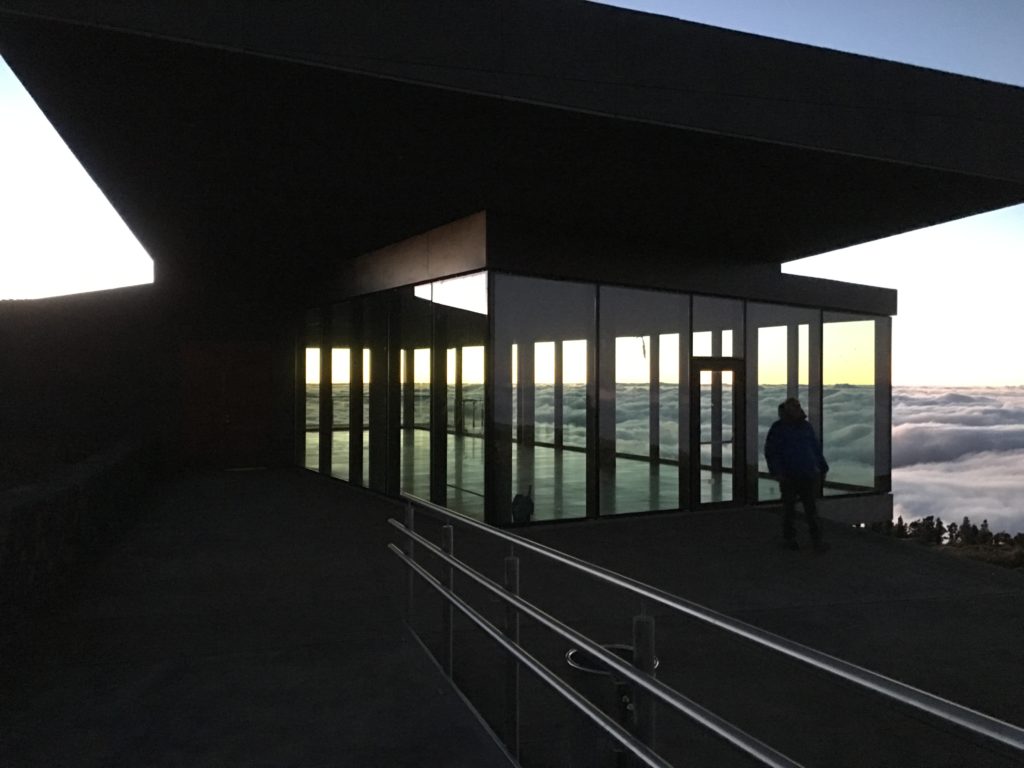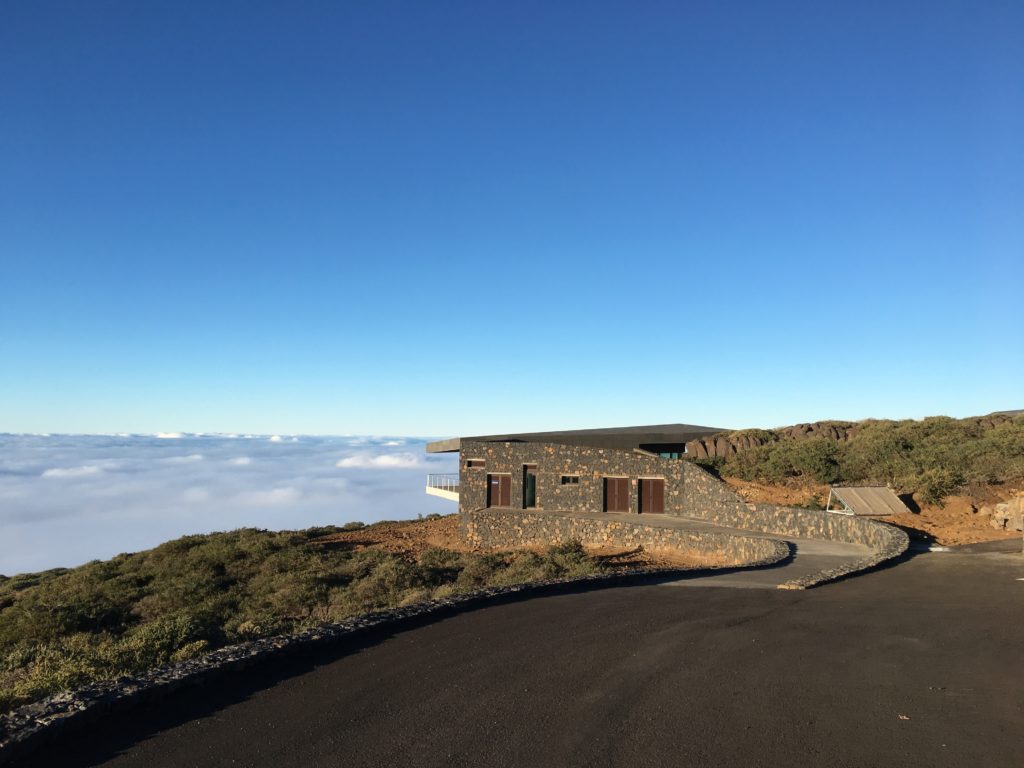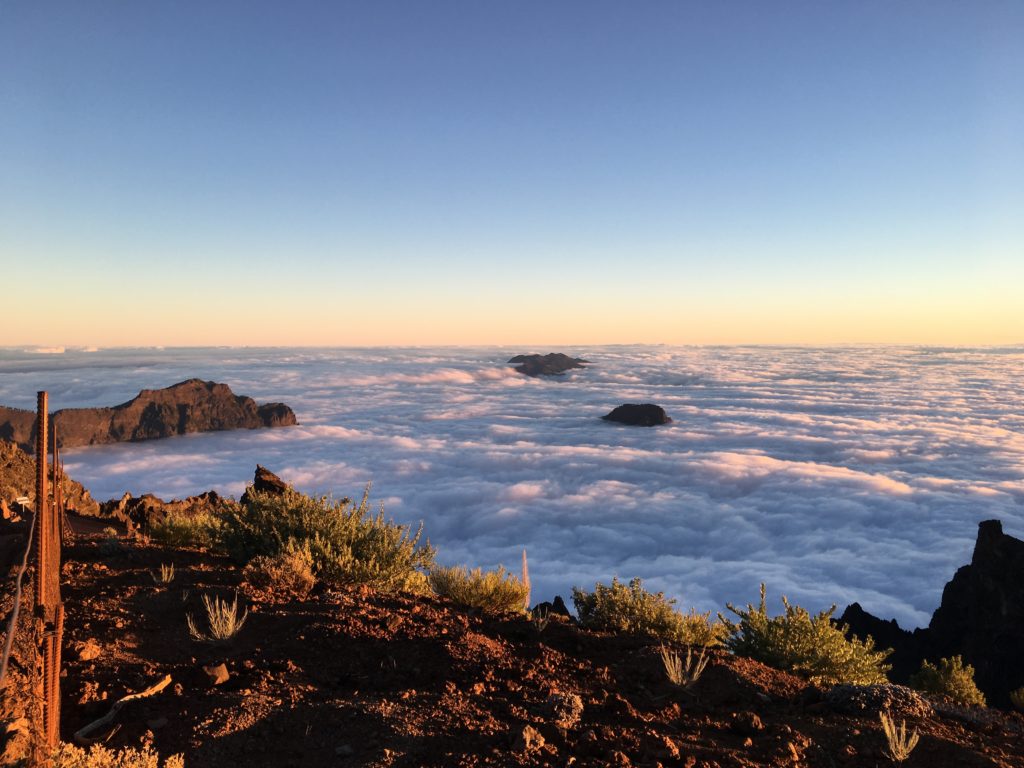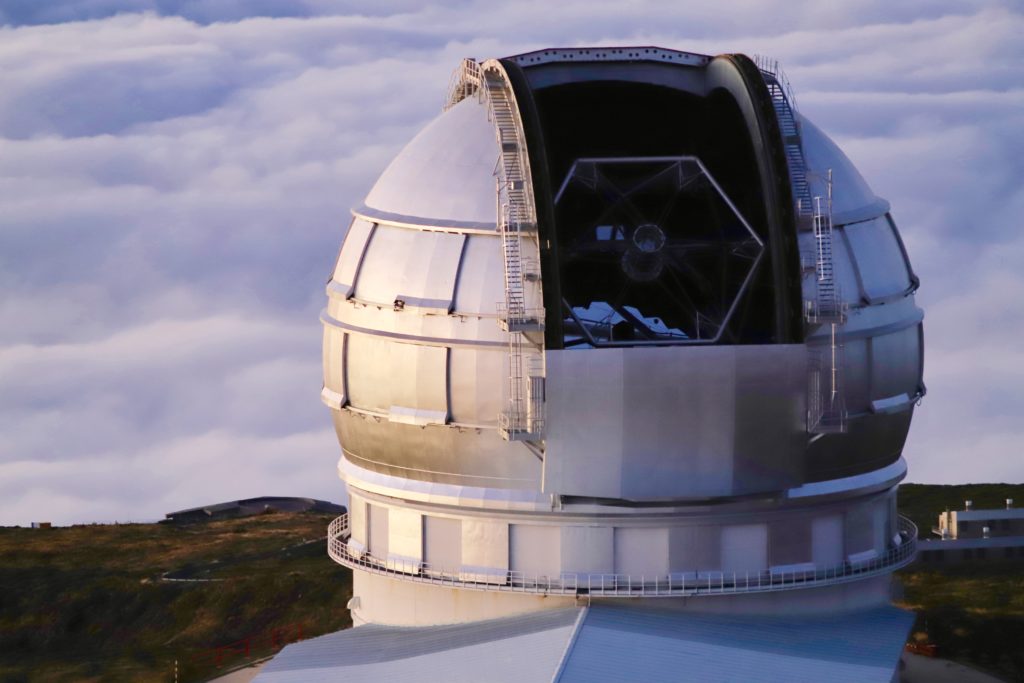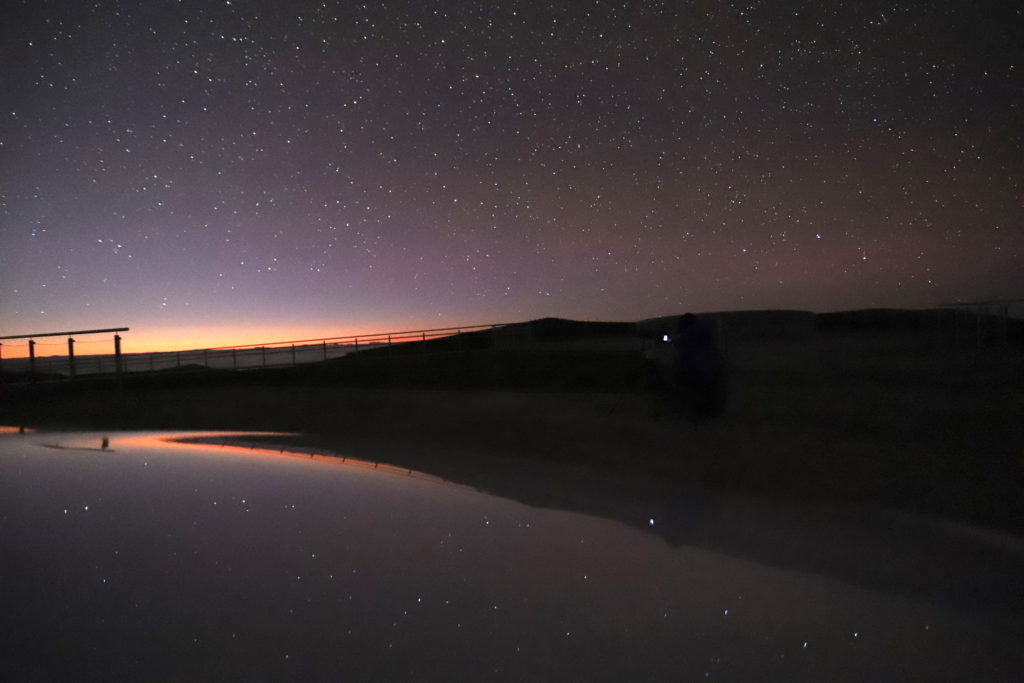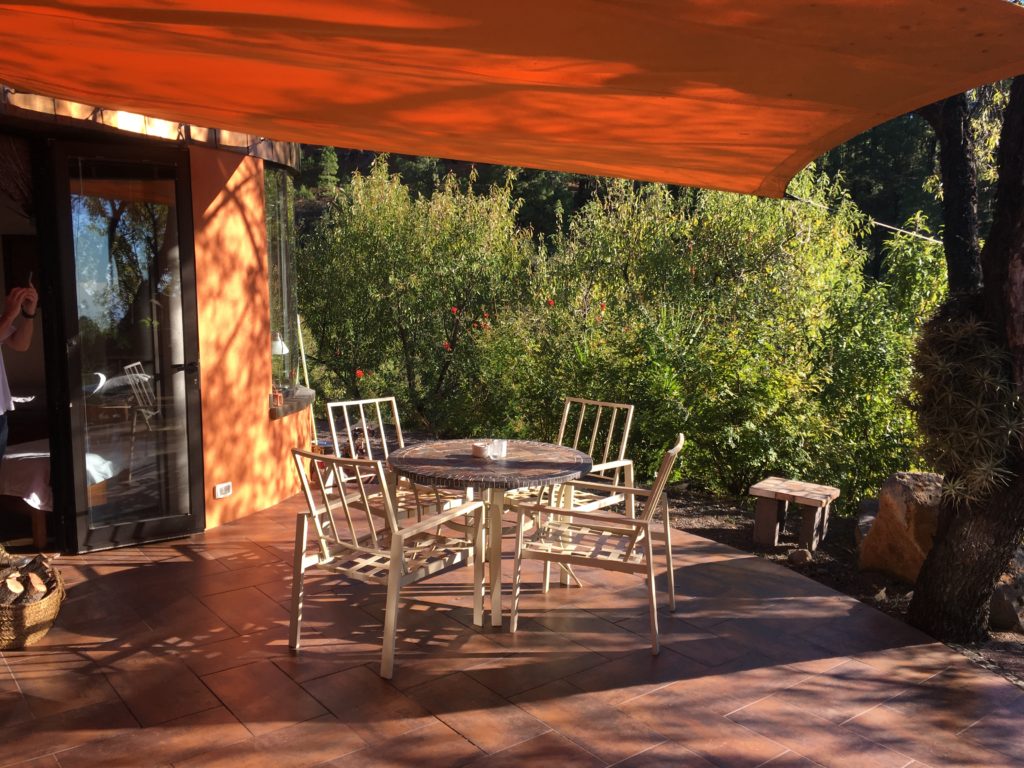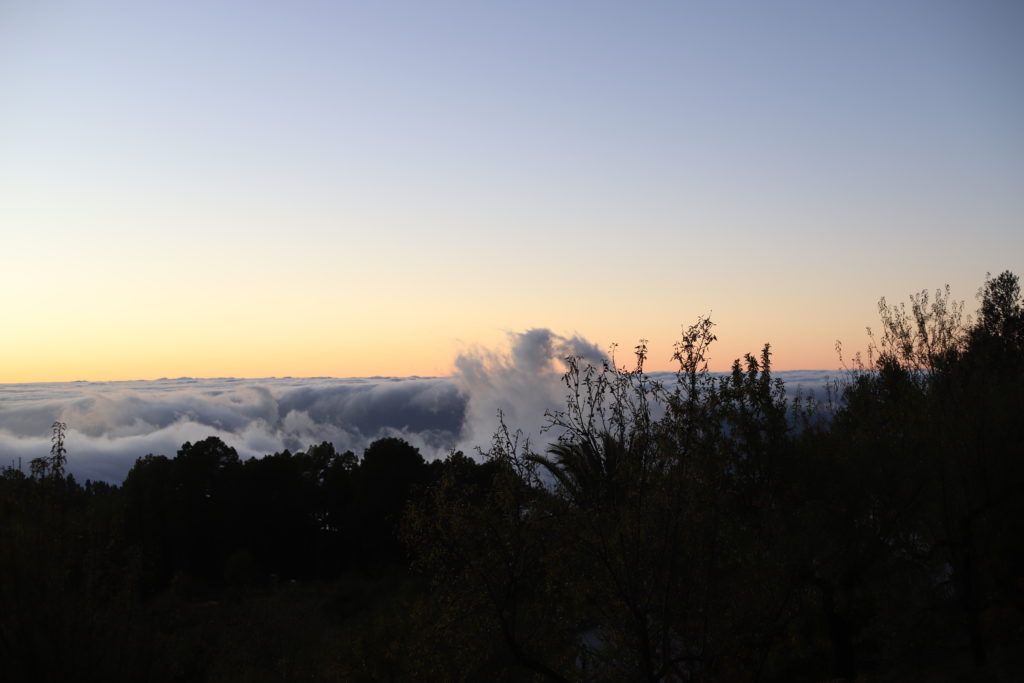Viewing time period – 21:00 – 2:30
This evening I finished a lovely conversation for over an hour with my daughter and then headed up to the roof of my new accommodation to setup the binoculars and the camera. By 21:30 I started to shoot some scenic photos of the Moon and Aldebaran over the roof of the old house I find myself in alone.
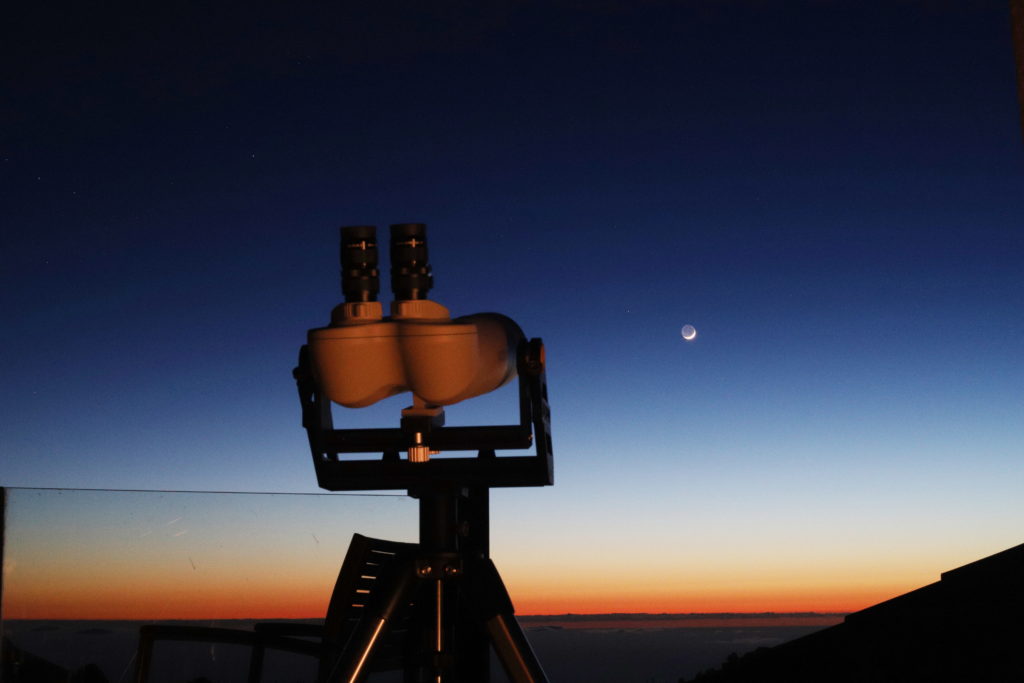
Soon enough and by 22:00 it was dark enough for me to take a few shots of Orion as it was setting in the West, again over the roof creating a lovely photo. I also glimpsed the 1.9 day old Moon at 4.5% illumination through the binoculars which is a wonderful sight. You can actually make out some of the larger craters on the Moons edge with clear definition through these wonderful binos.
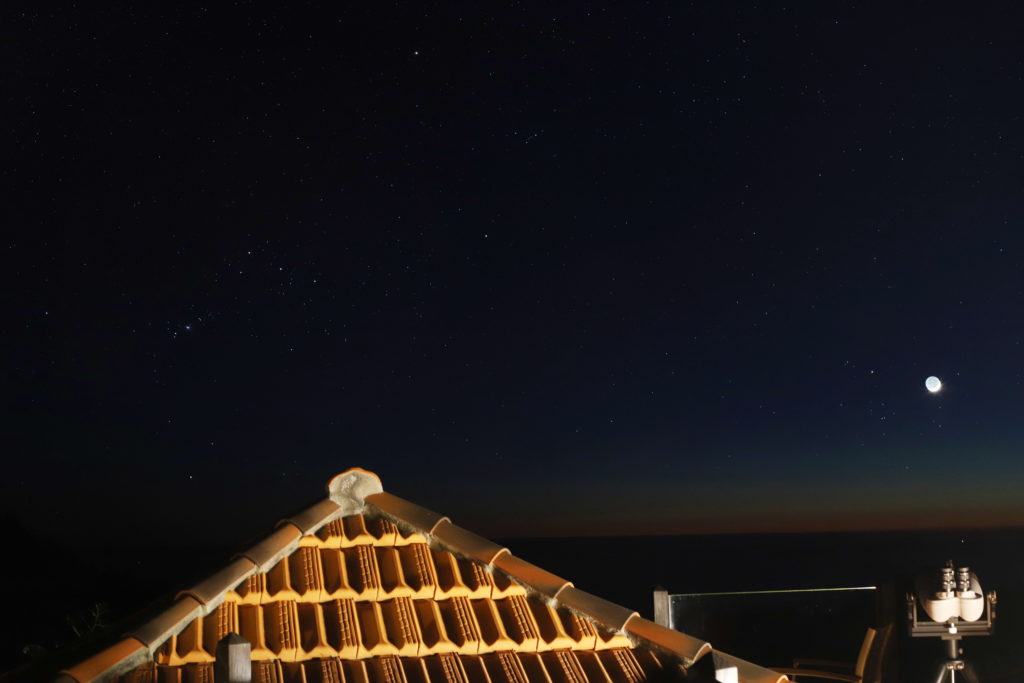
@ 23:11 I quickly went out to find Omega Centauri again through the binos as it was such a good sight the other night I wished to see it again. This time I caught this massive glob just as it was setting behind a leafy bush. The fact it almost fills my field of view is amazing, now surround this with the silhouette of the plant it is almost magical. I really wish I could capture the image on camera it was simply breathtaking as I watched for 10mins as it gently moved behind the leaves.
@ 23:19 I put the binos on M67, an Open Cluster in Cancer, which I found by initially finding M44 in the binos then I decided it was easier to put Regulus in Leo, which is a brighter star at mag +1.36, in the frame and then sweep downwards to M67 which was obvious as an open cluster when I found it. The stars come and go looking with averted vision, but I managed to draw a bunch of the stars before moving to the next object.

@ 23:54 I moved to NGC 2903 a galaxy in Leo that was supposed to be fairly large and bright through a small scope, however it was pretty faint. It may of course of been I was not dark adapted, which given I had just come out from inside was probably fair.
@ 00:01 on what was not the 7th May, I took a look at the Trio in Leo. This was a much brighter set of objects and very clearly visible. I could see immediately why Charles Messier missed NGC 3628 as it has a much lower surface brightness than that of the other two galaxies in the Trio, namely M65 and M66. The grouping was very pleasing with a handful of brighter stars within the field of view. I spend 5-10 minutes drawing a rough positioning of the Trio and surrounding stars.
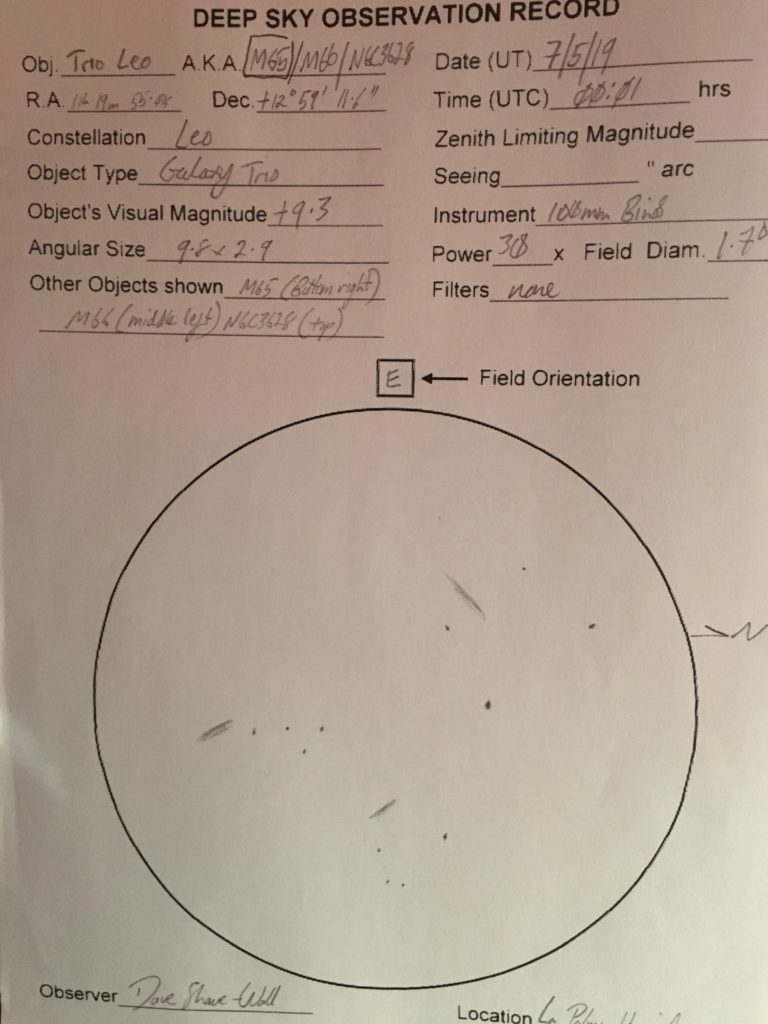
@01:18 I used the new Canon Camera 6D MKII to take a photo of the Plough so Ursa Major as a constellation and single image. I was amazed to see that even in a single 1 minute exposure I could see the spiral galaxy M109 very clearly.
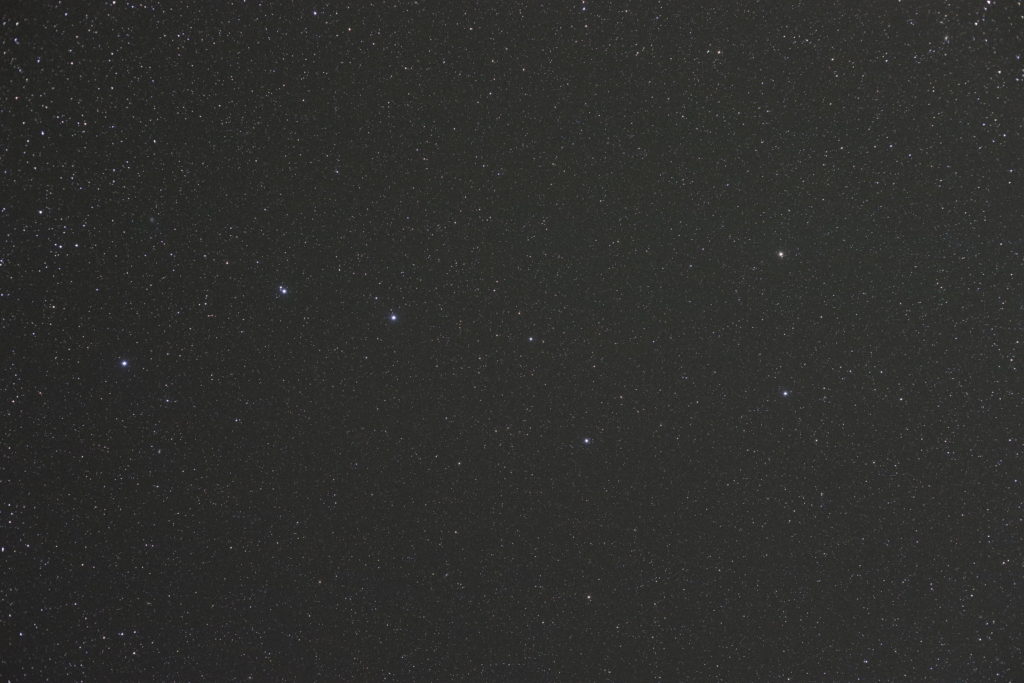
Straight after this I took the camera and took a couple of skyscape shots with two different palm trees in that were being lit from the light from the house which took me round to 2am.
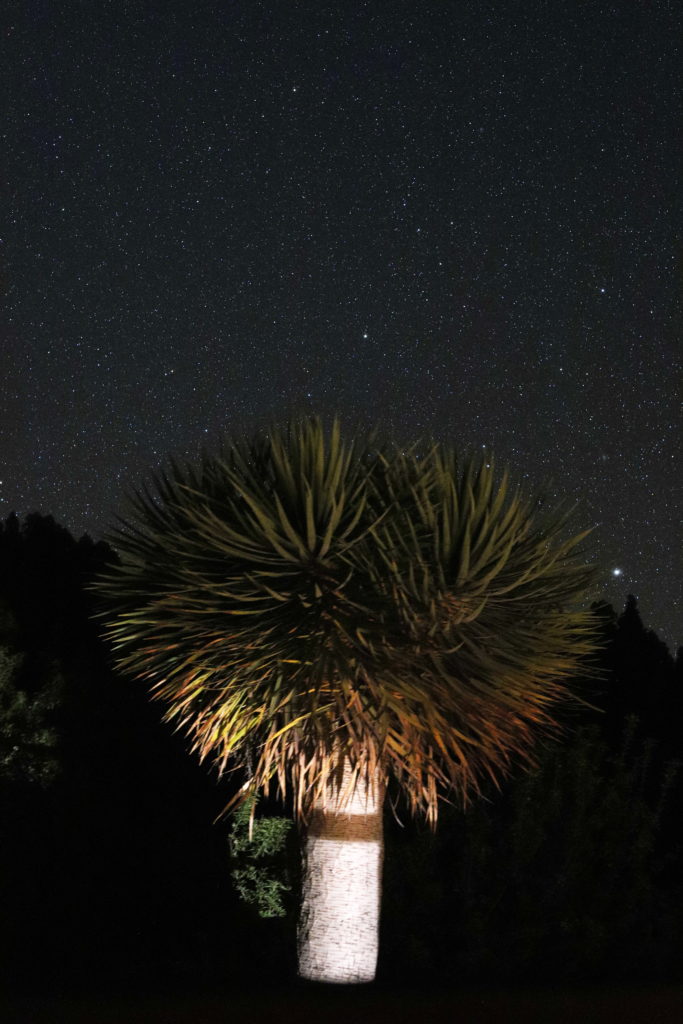
Finally I then went in and started writing up some of my journal, reviewing my objects in the NSOG and of course having a glass of wine and tonight some Tortilla Chips 🙂
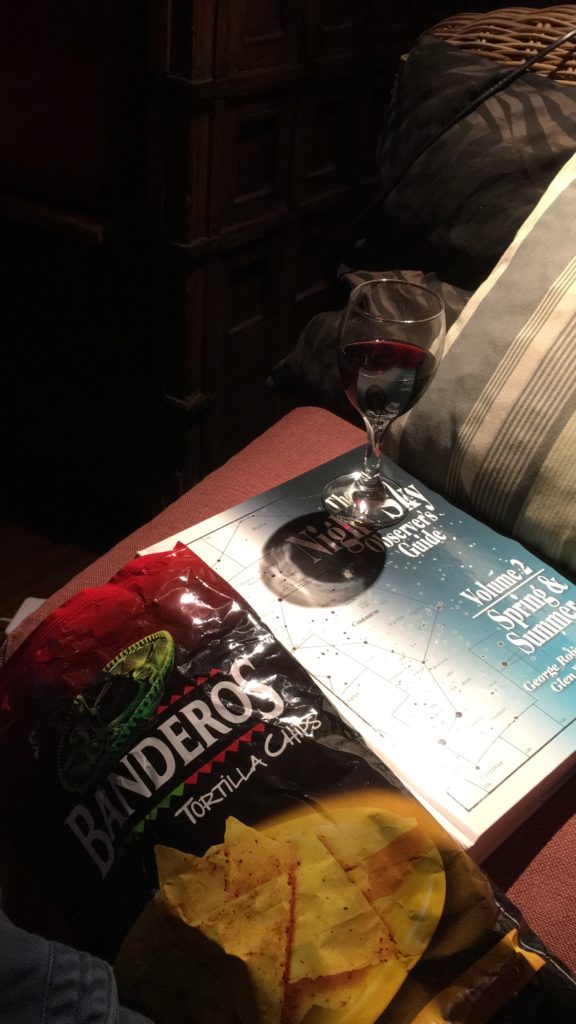


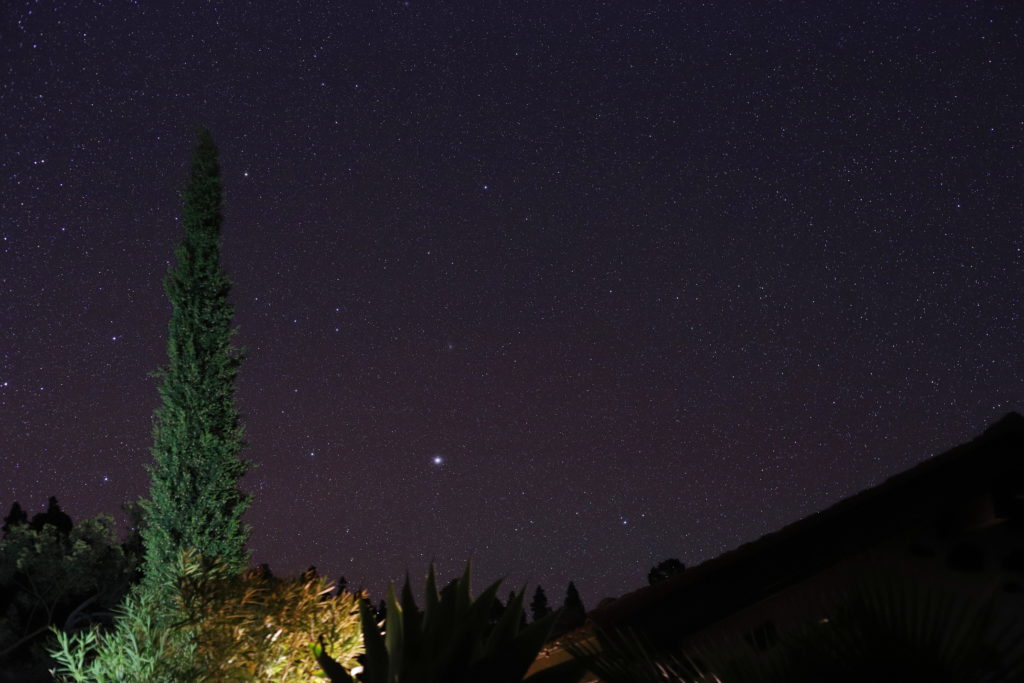


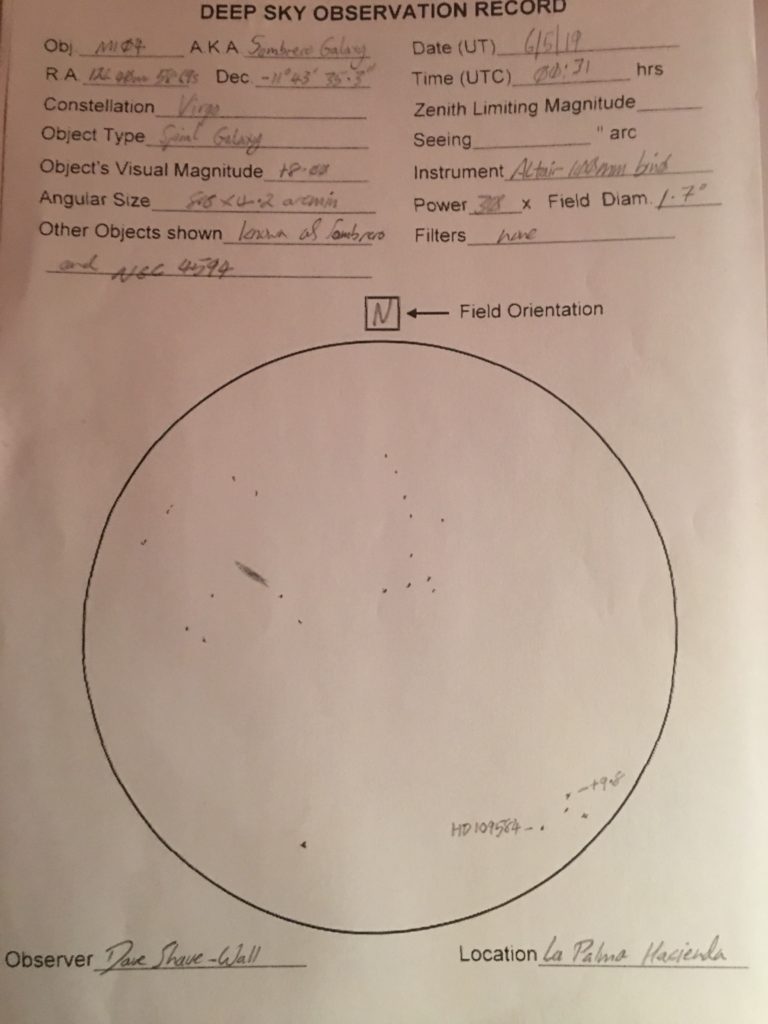

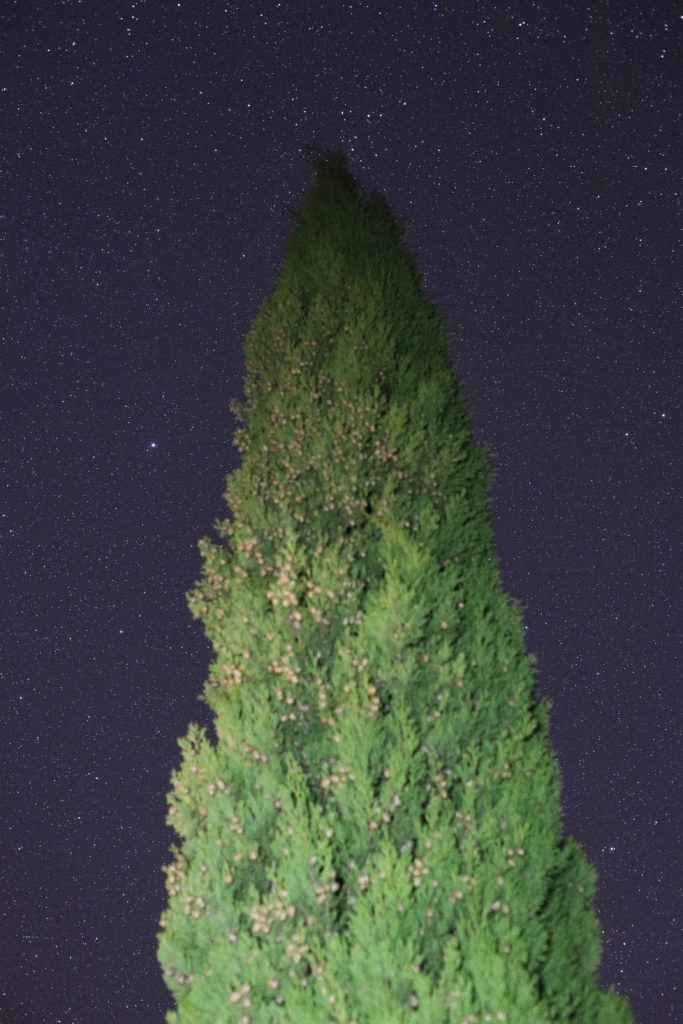
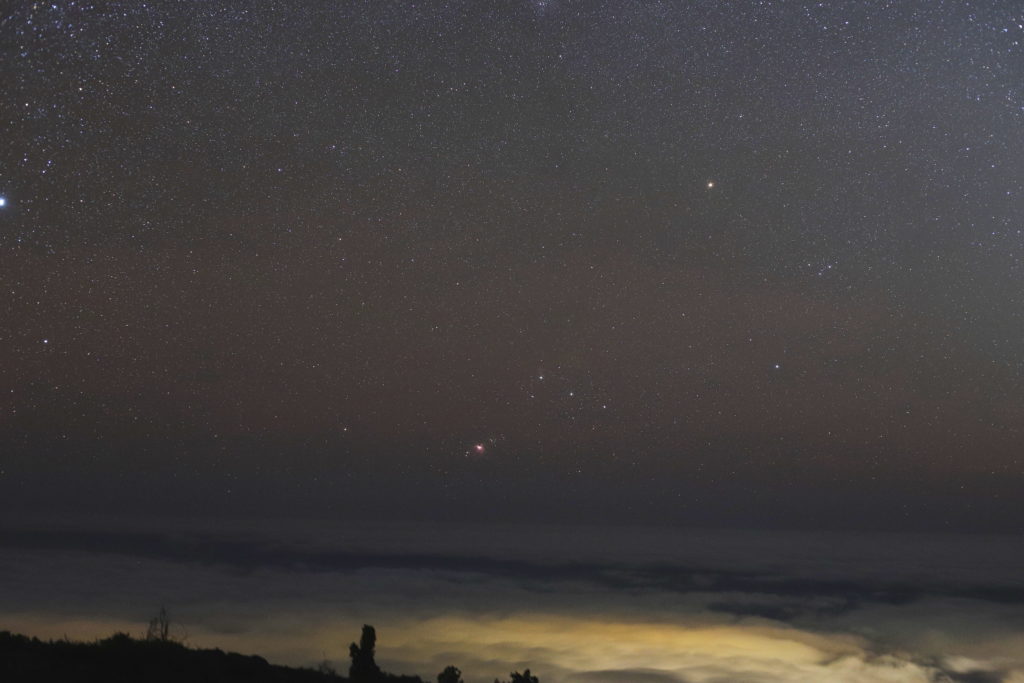

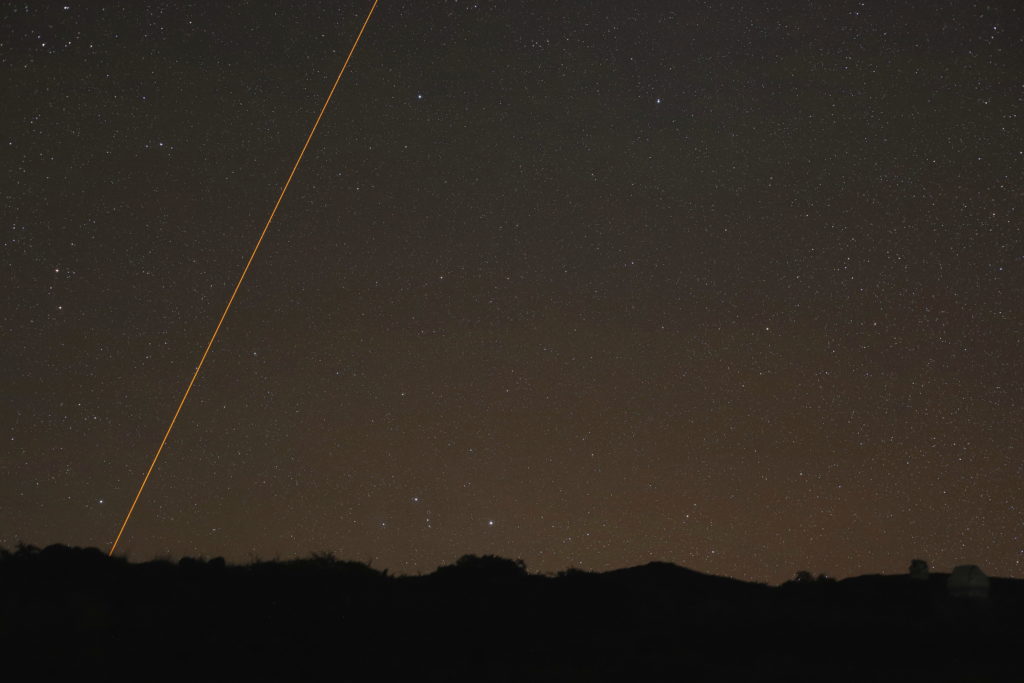
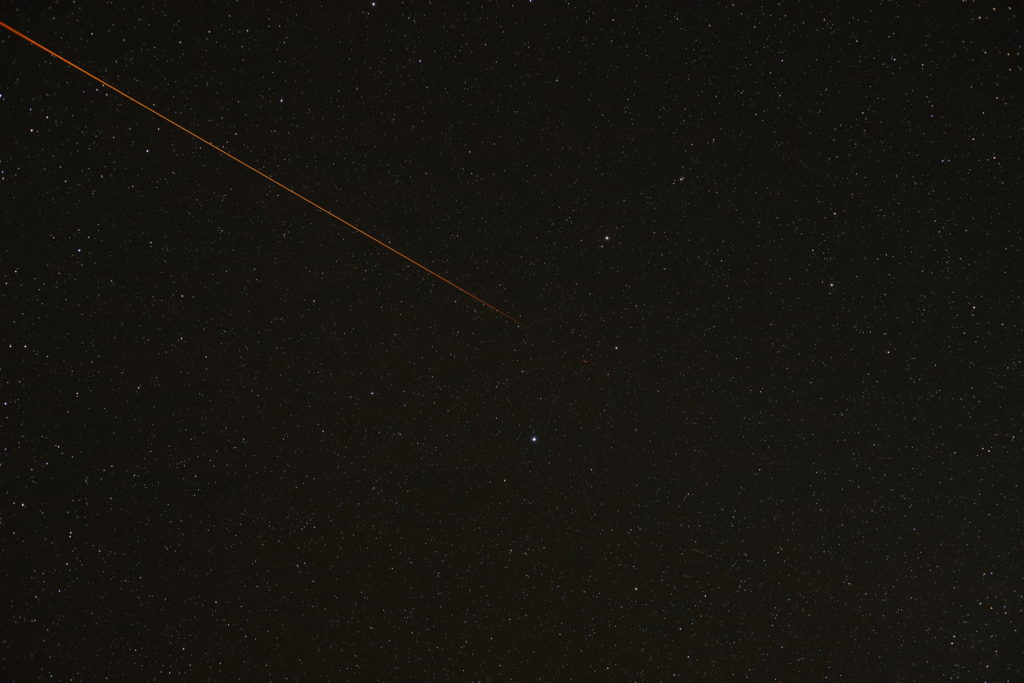
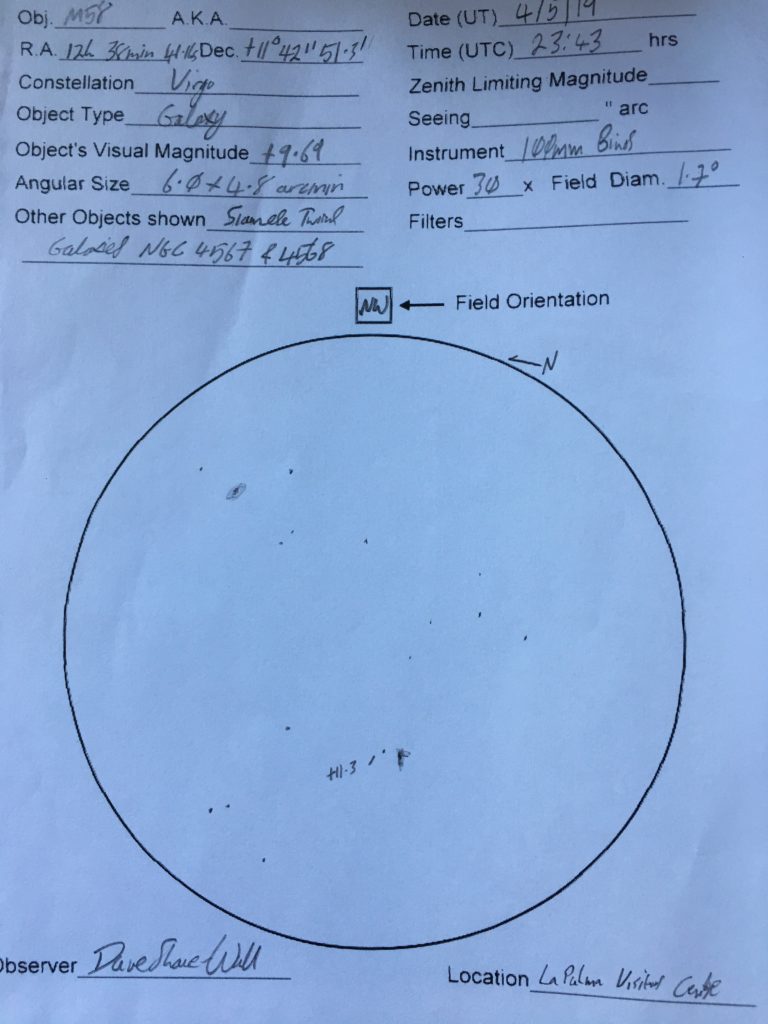
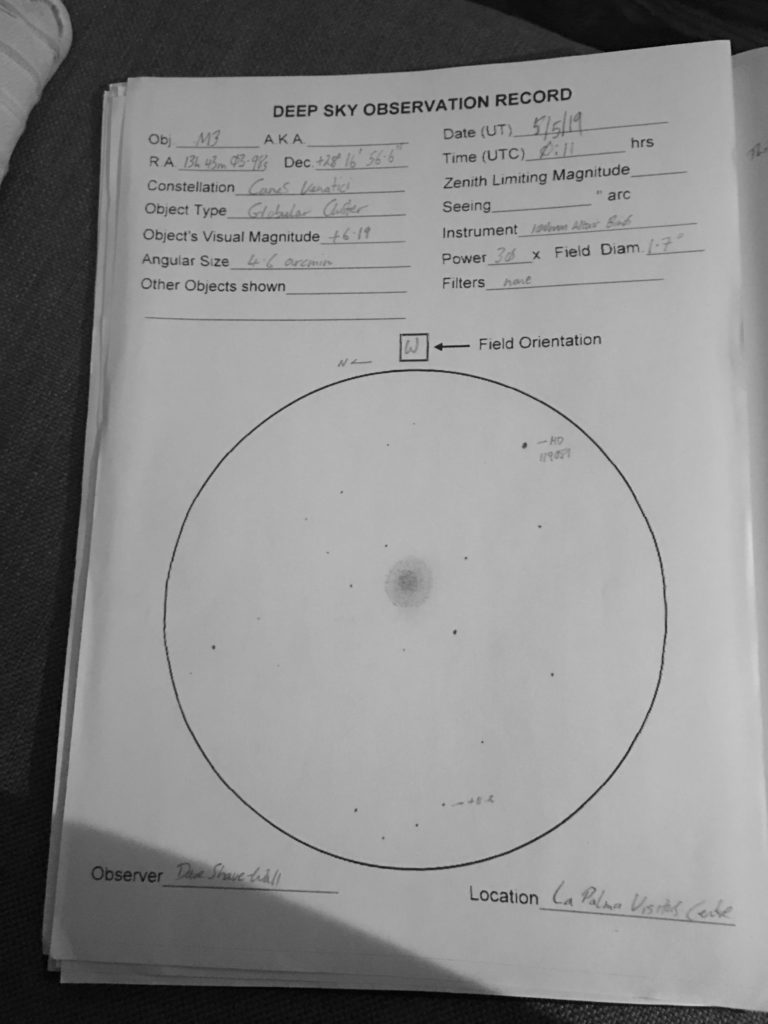
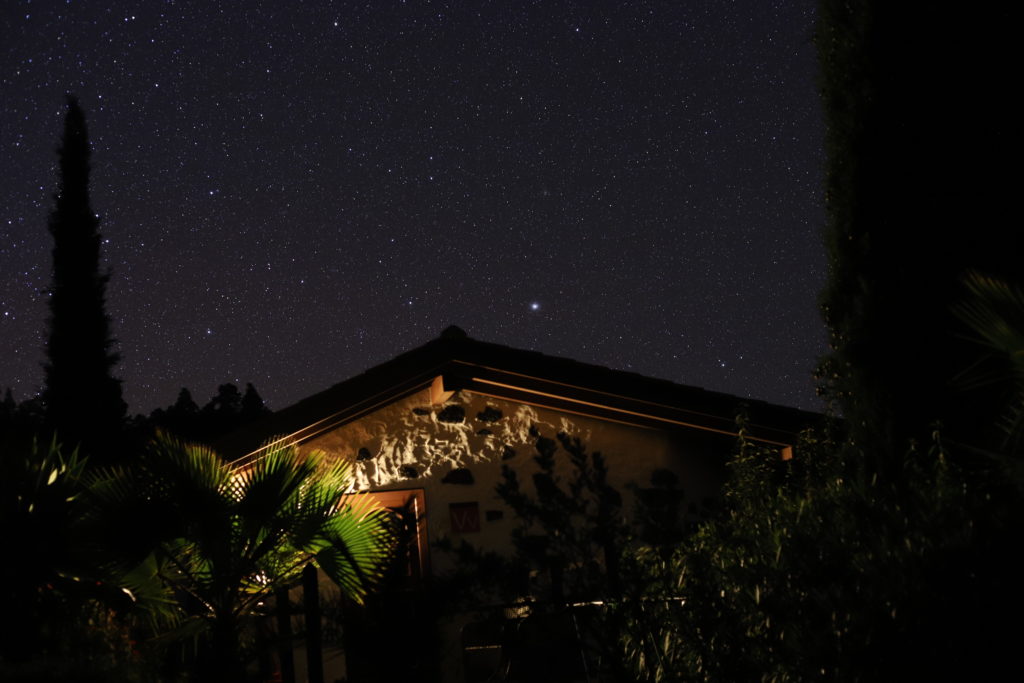
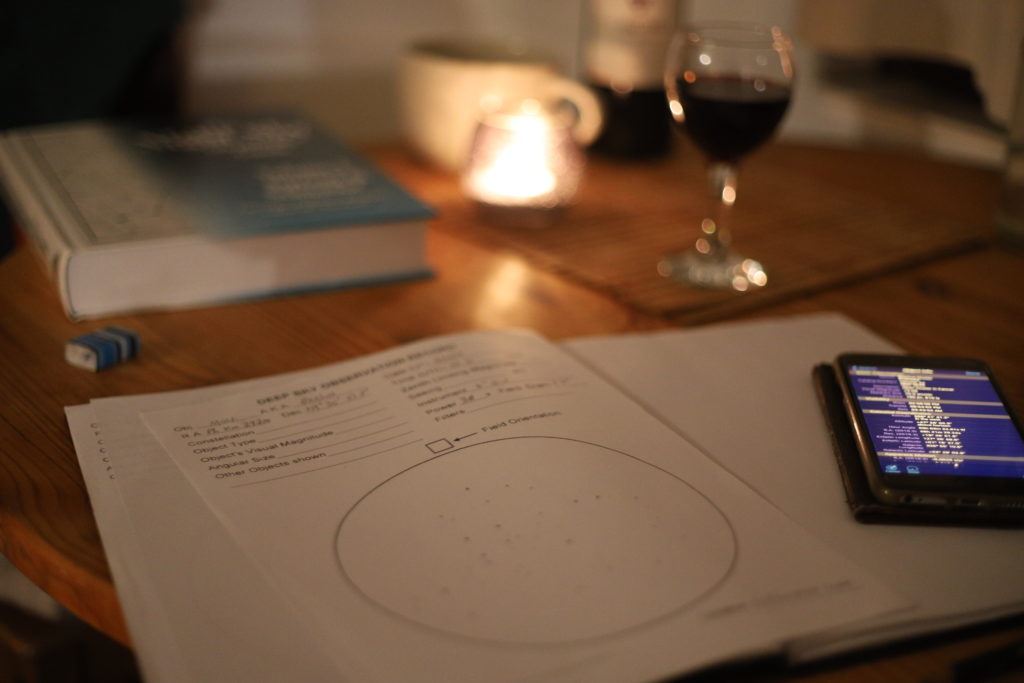

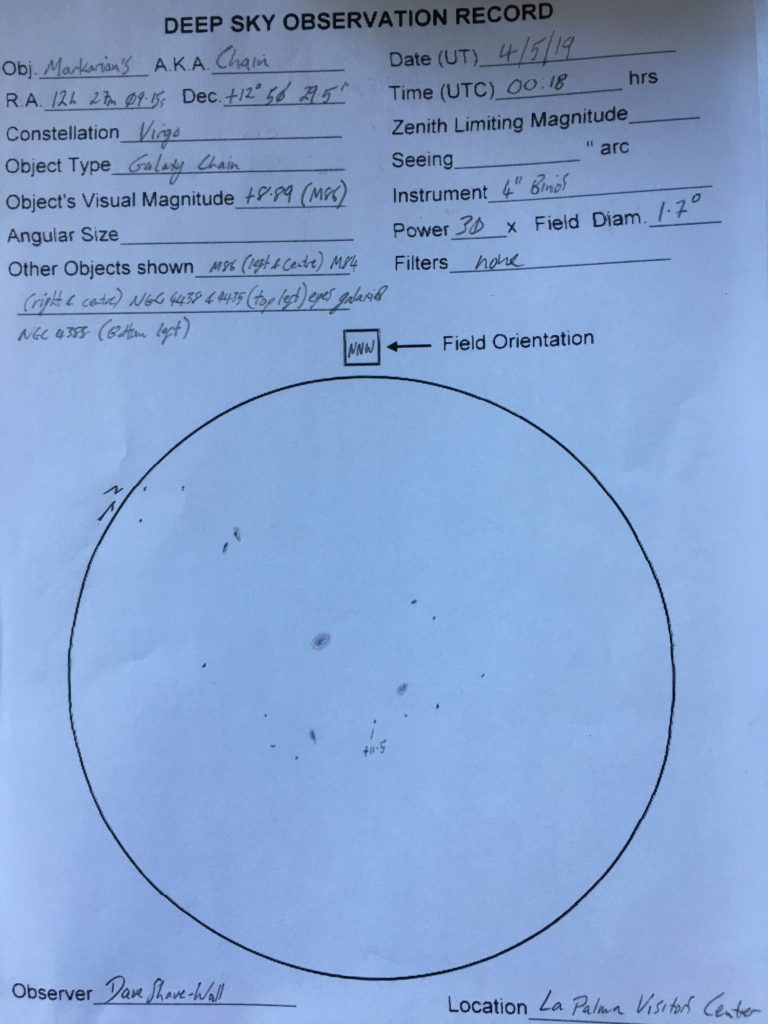
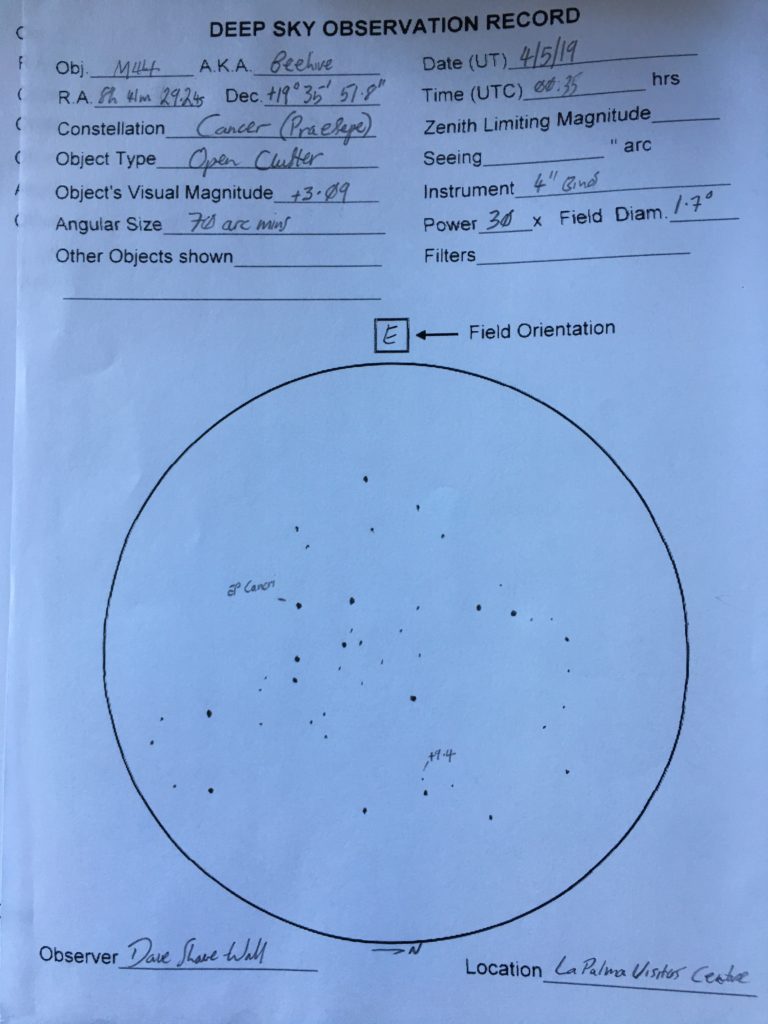
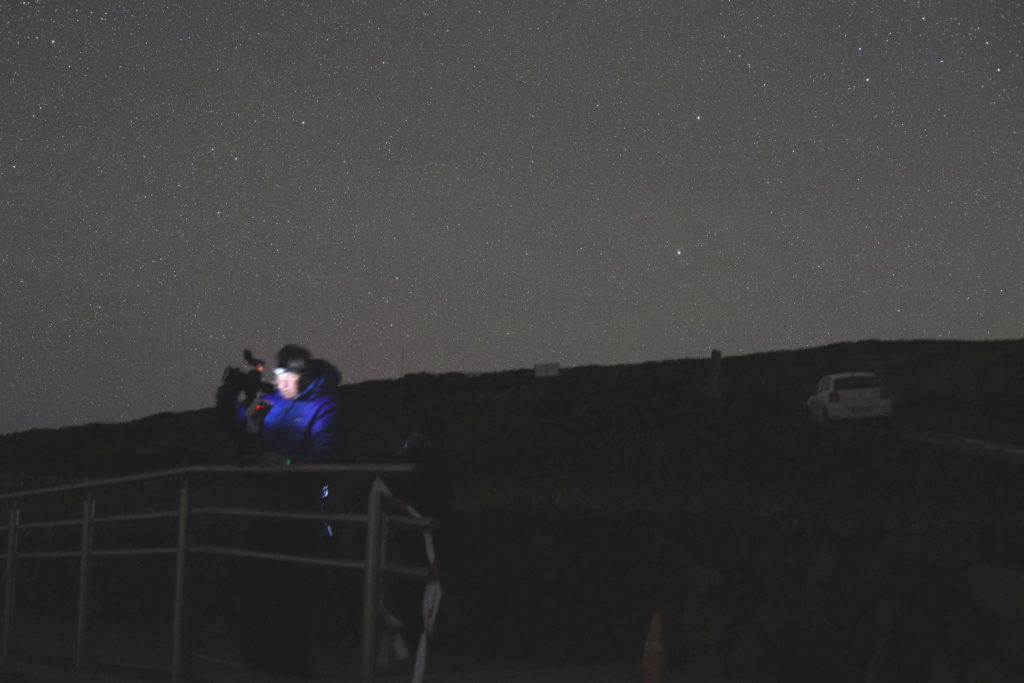
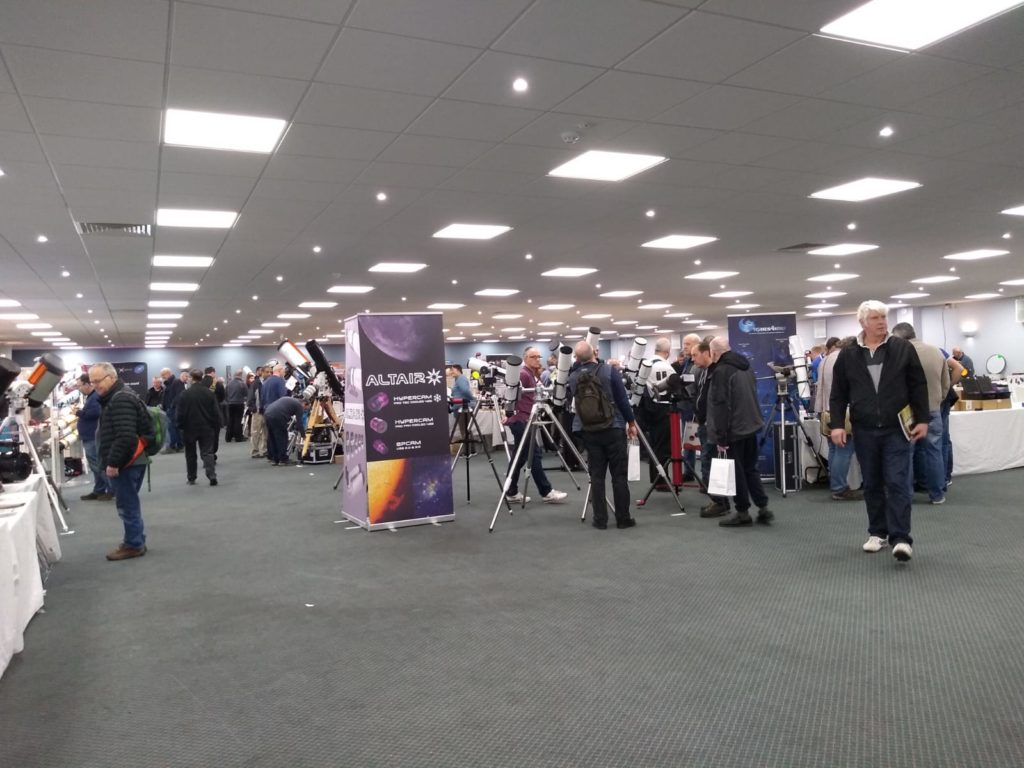
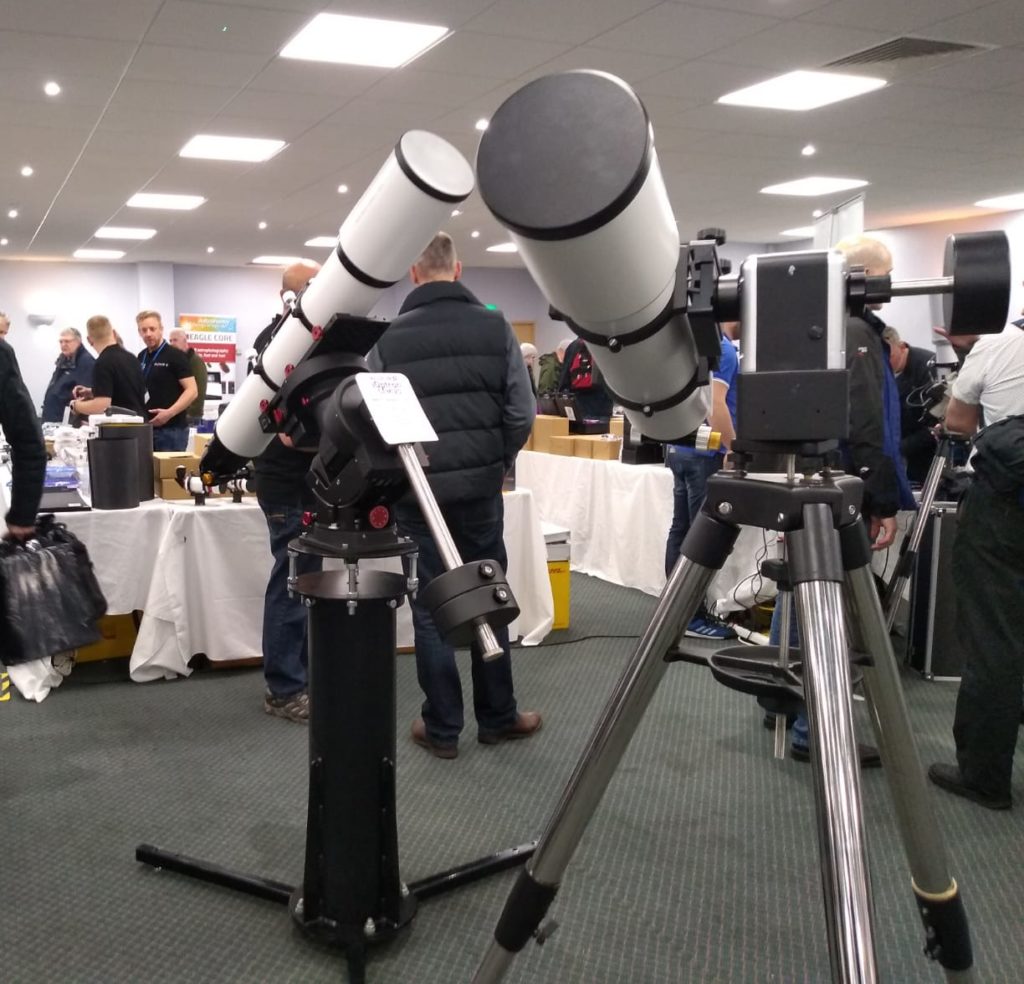

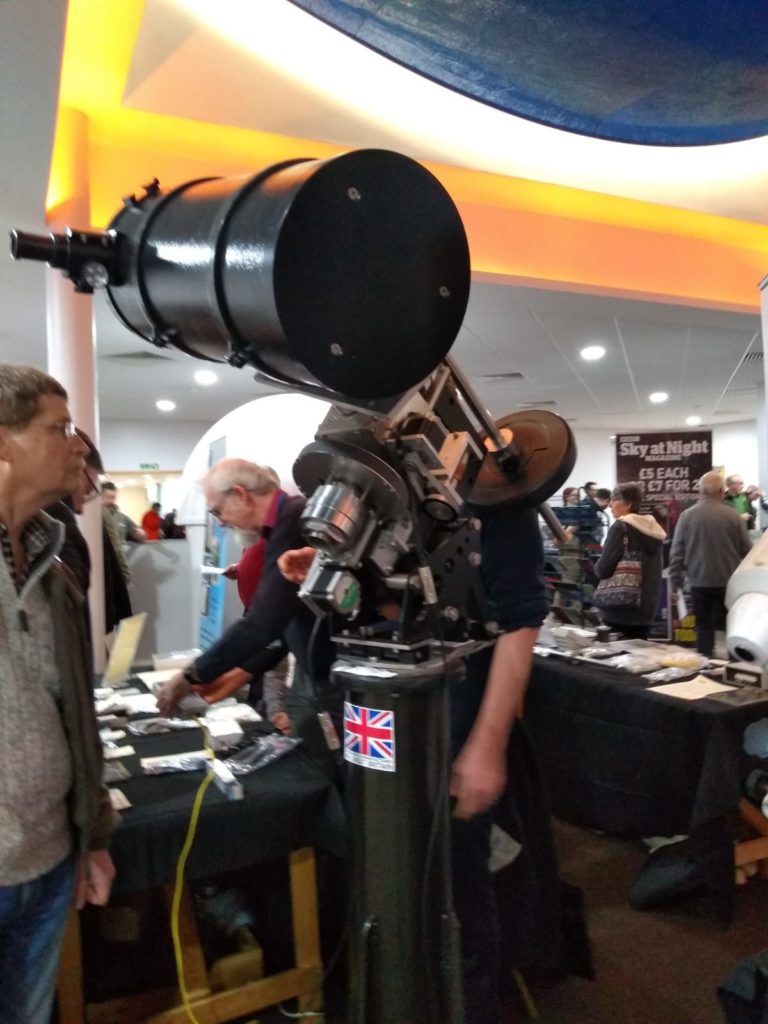
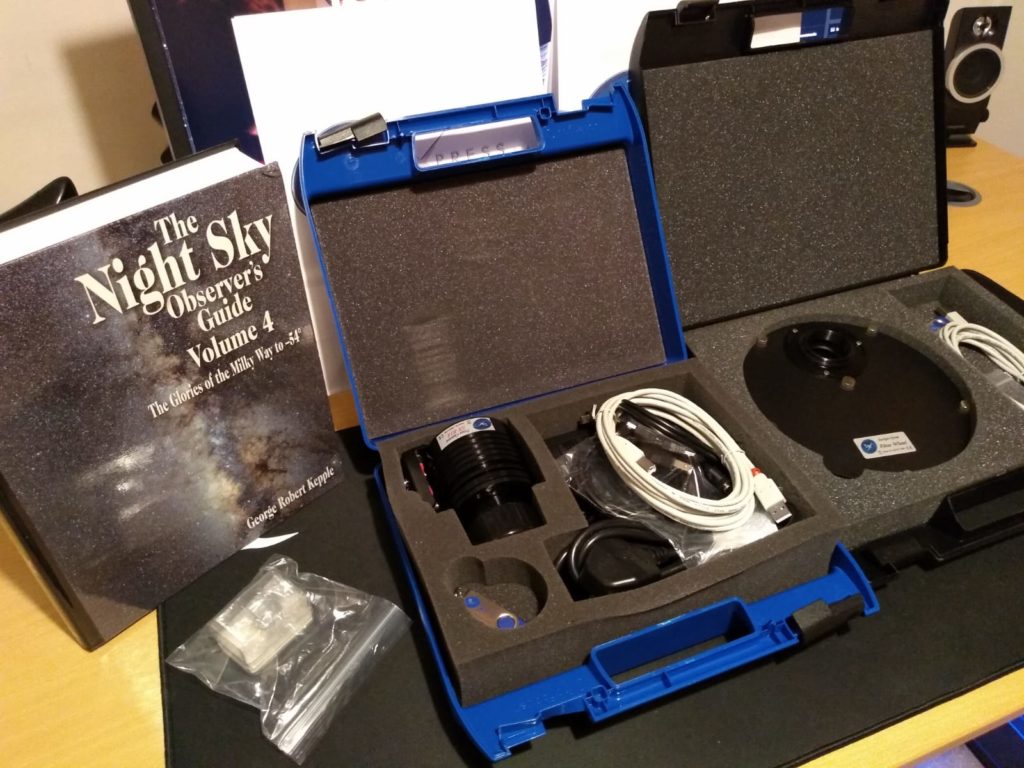
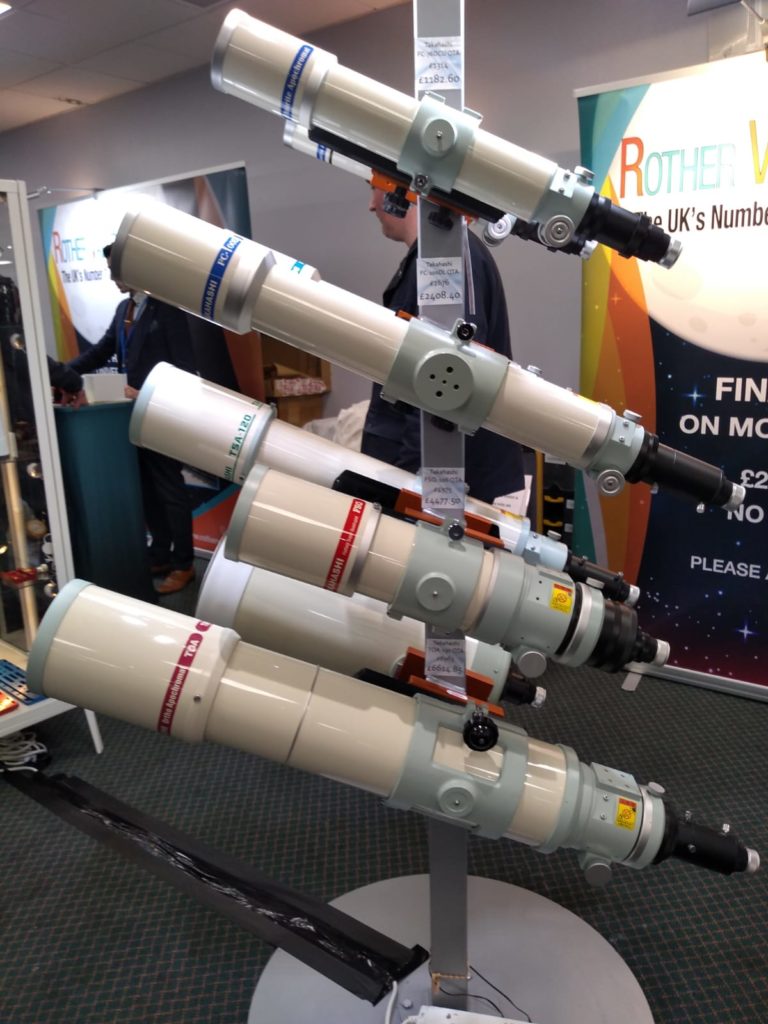

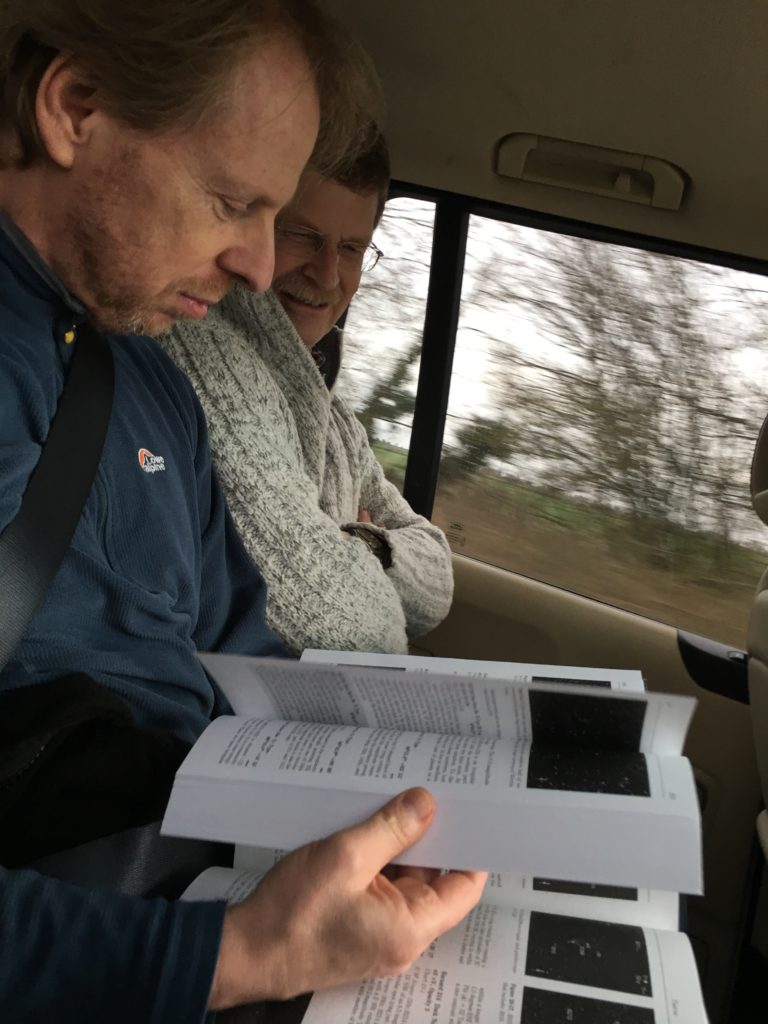


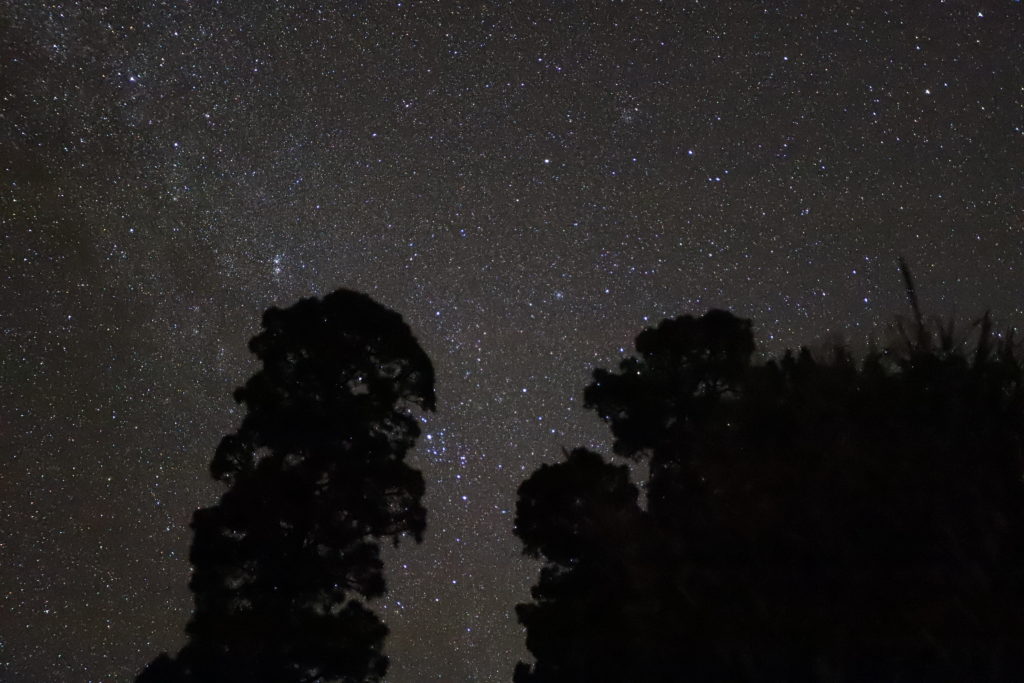
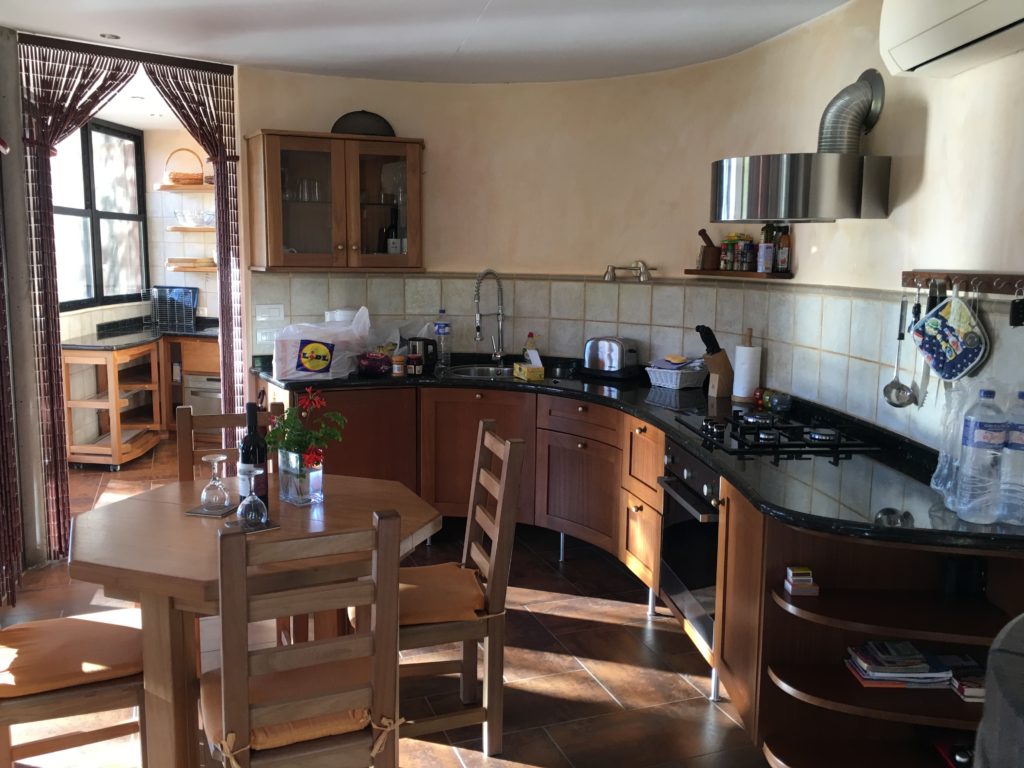
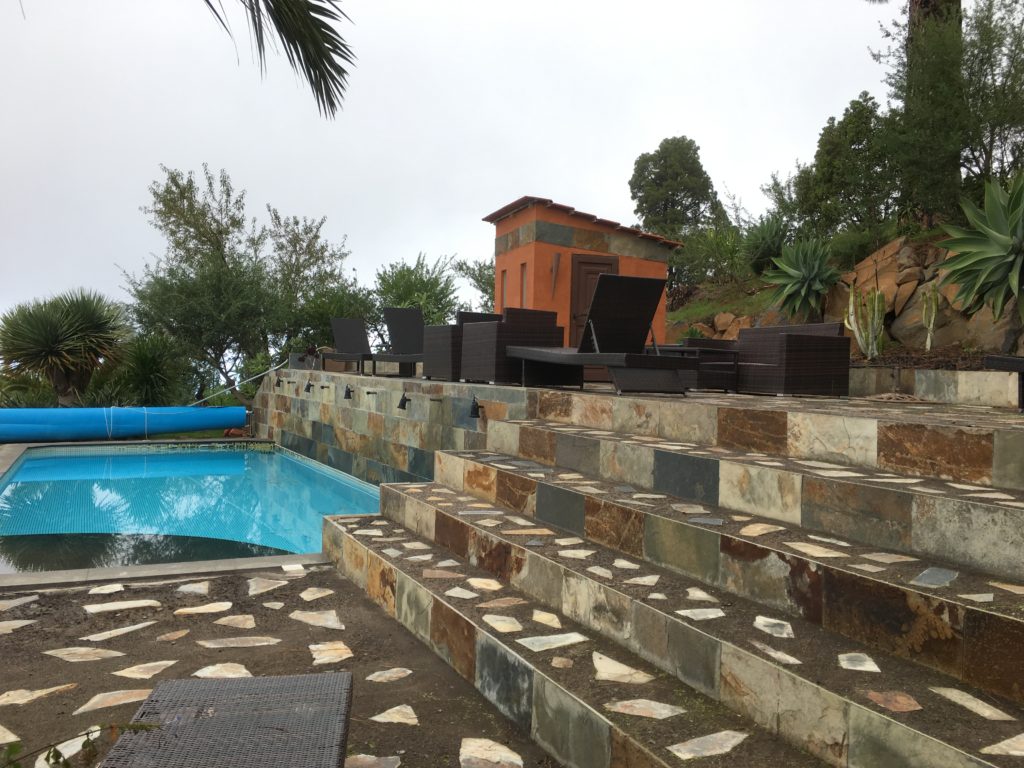

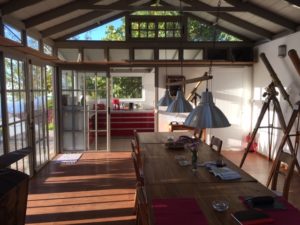

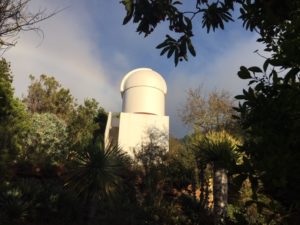 There is also a fully fitted observatory equipped with a C11 and a 7” refactor, dual mounted and operated from the control room below. Yes it will set you back Euros 290 per night, but for one night split 3 ways maybe affordable as a treat?
There is also a fully fitted observatory equipped with a C11 and a 7” refactor, dual mounted and operated from the control room below. Yes it will set you back Euros 290 per night, but for one night split 3 ways maybe affordable as a treat?
